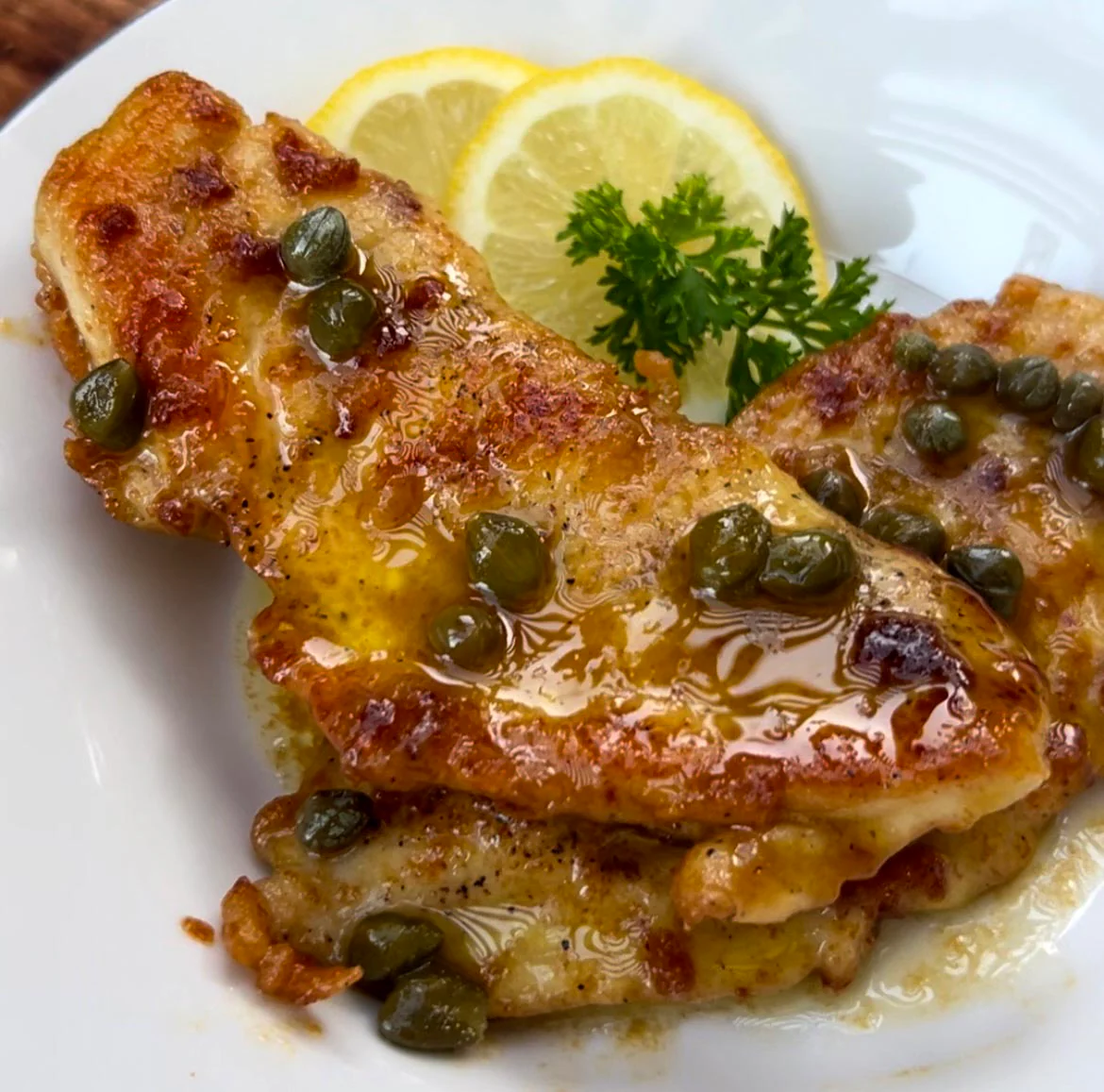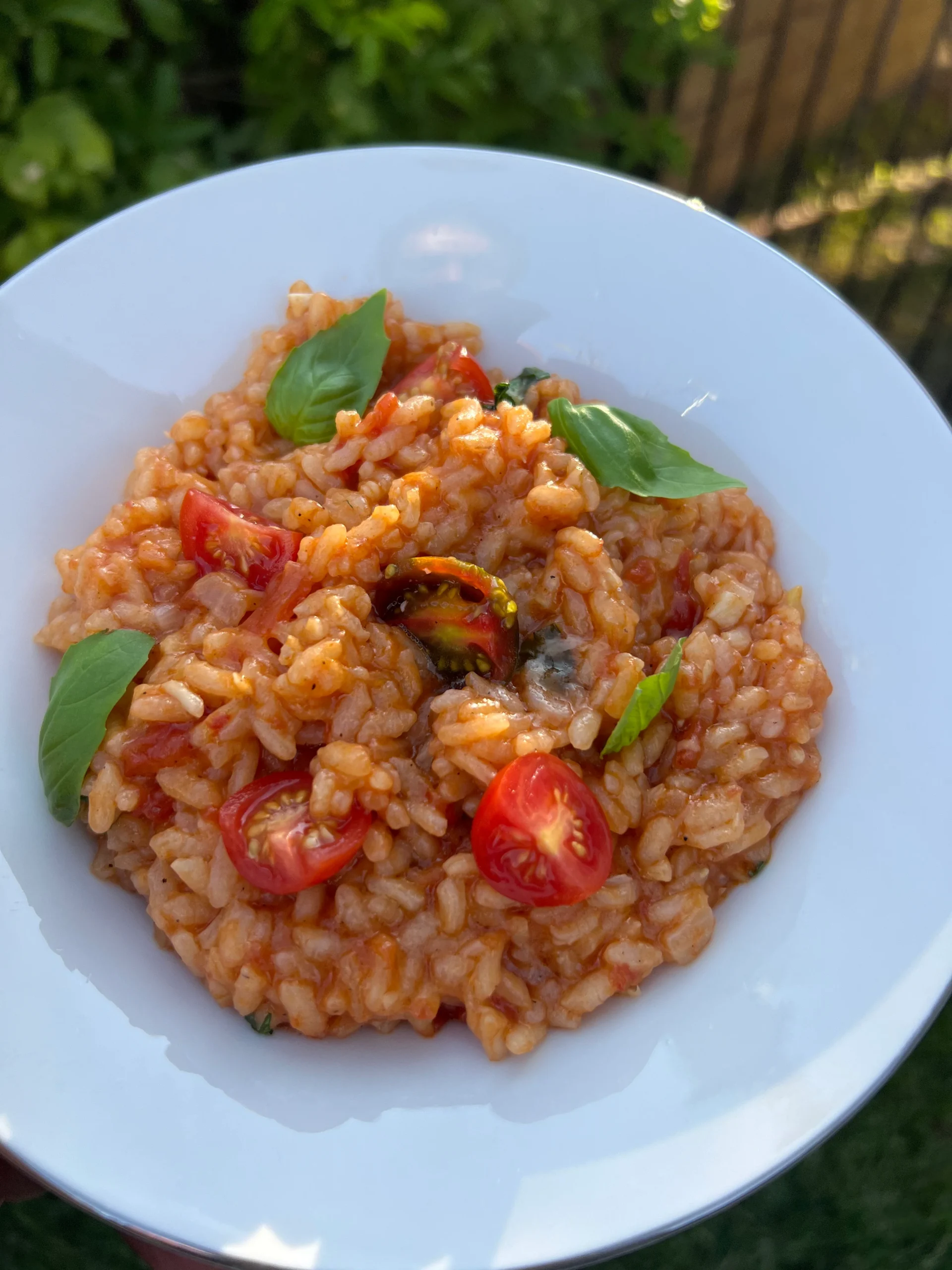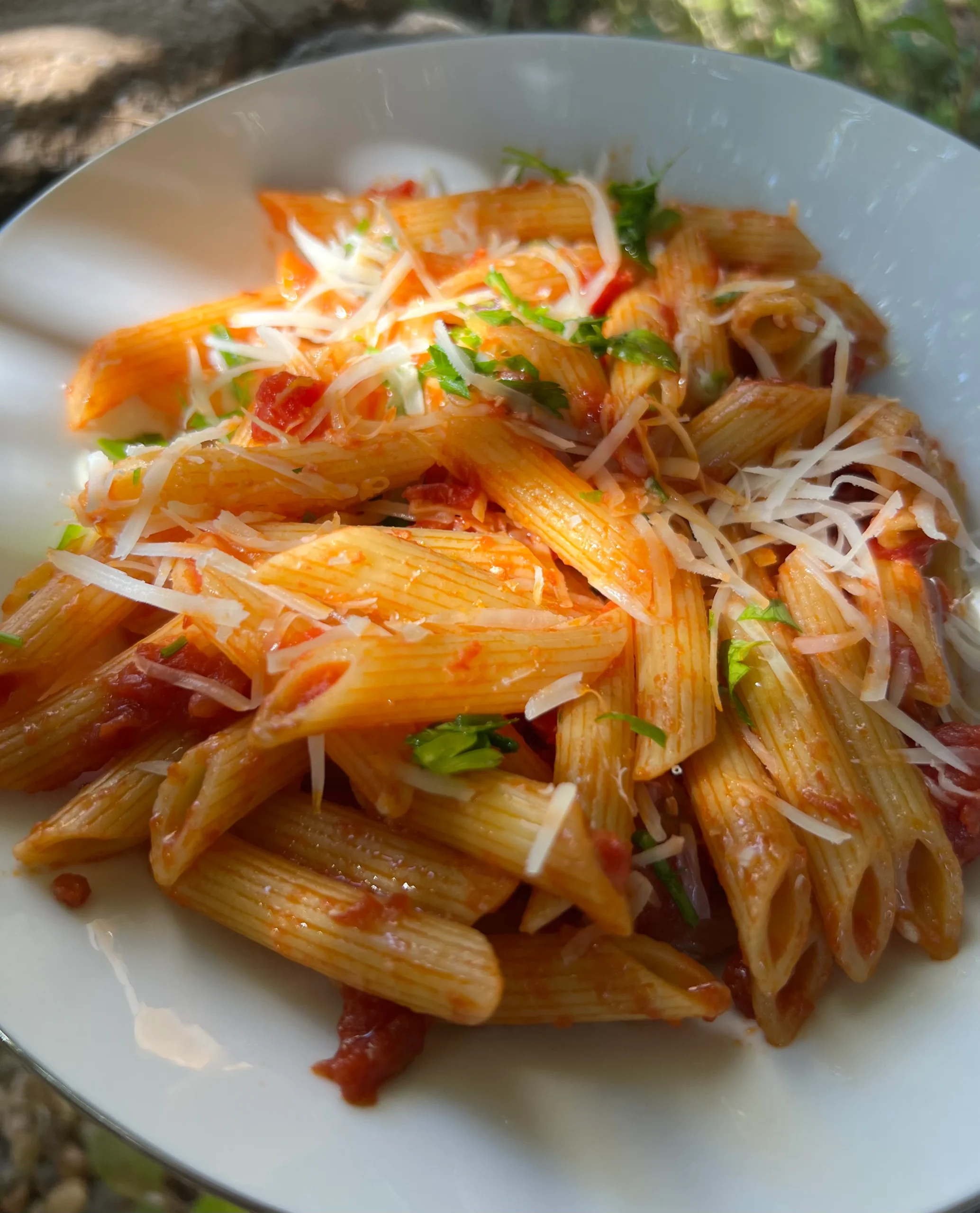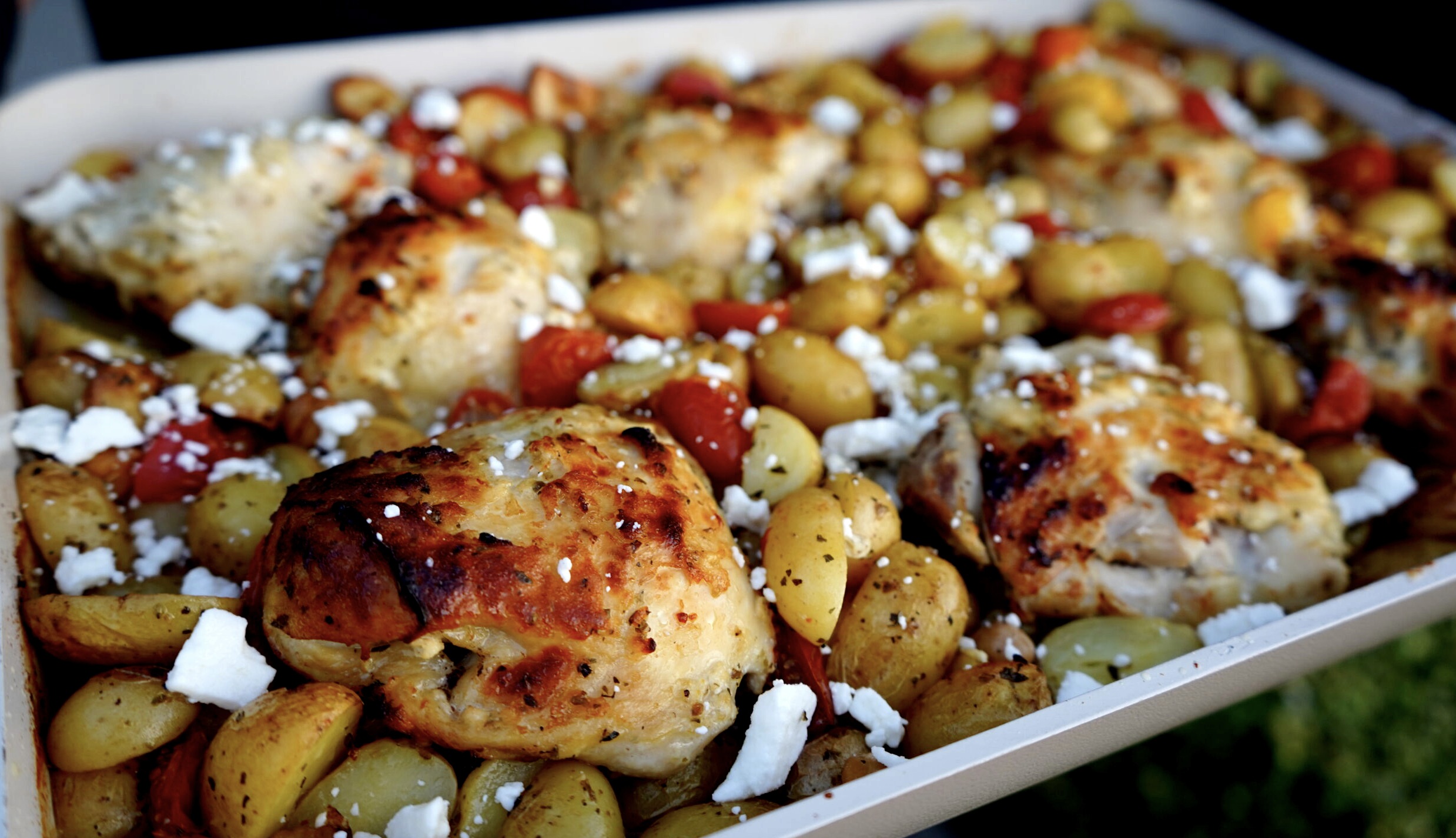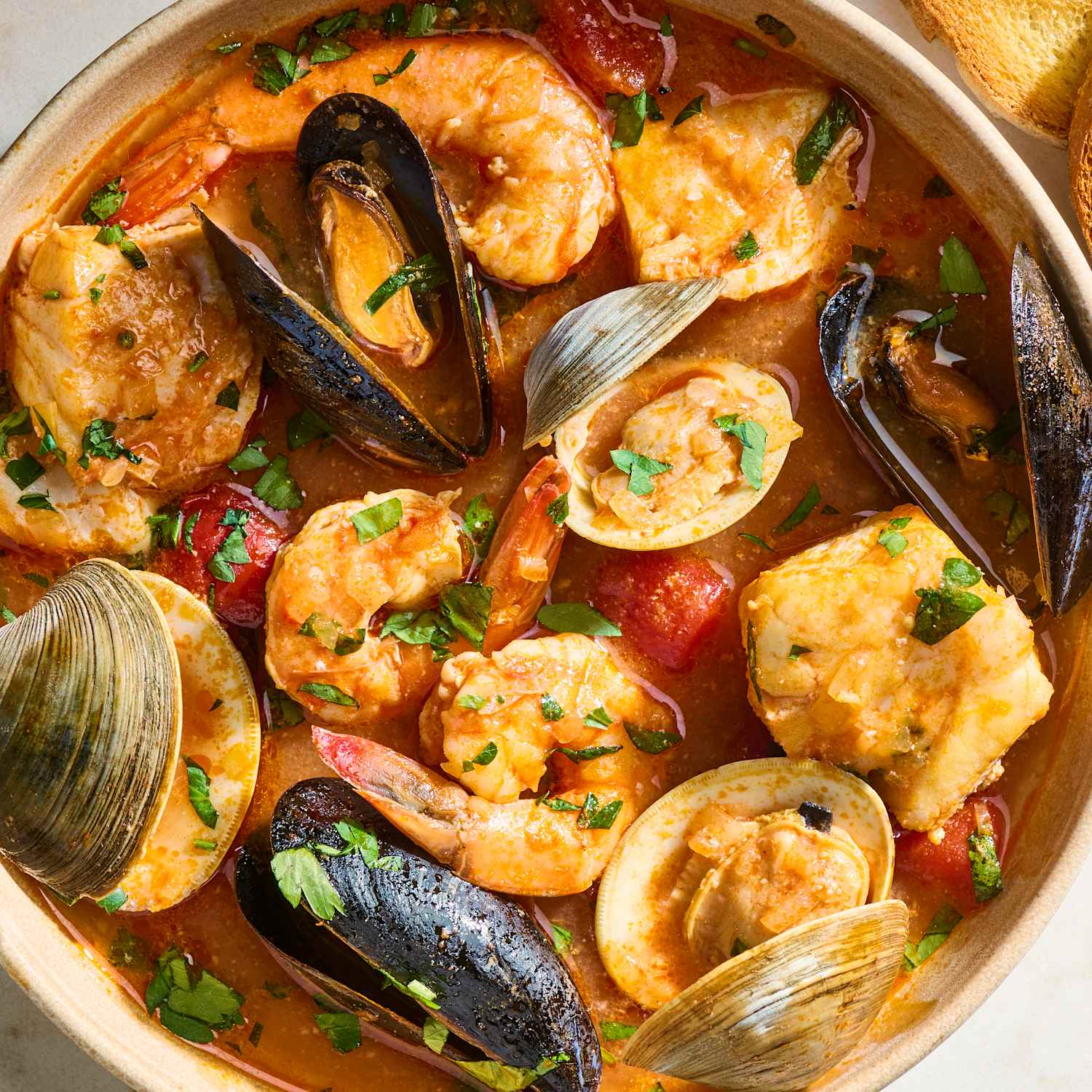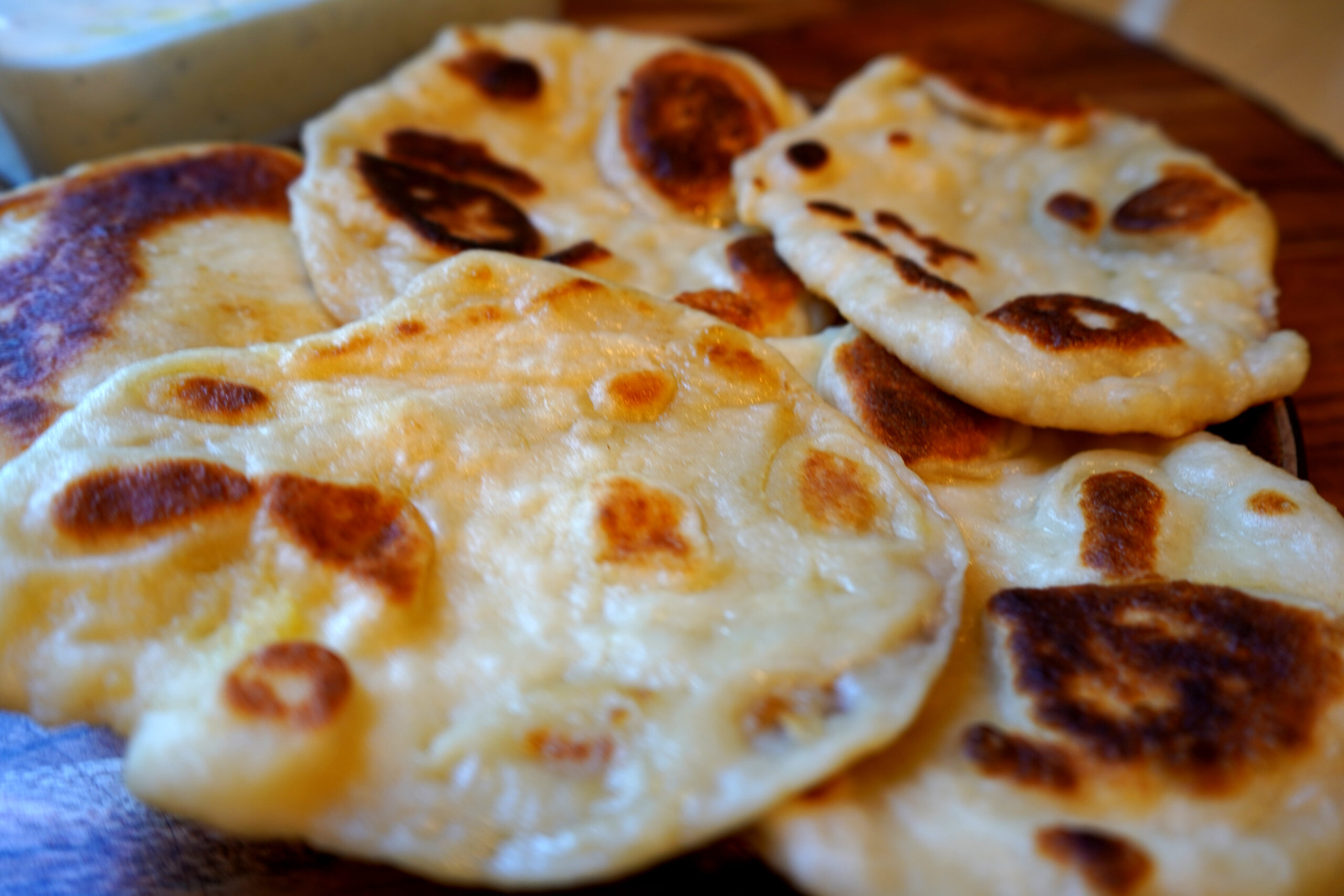How to Make Traditional Lasagna alla Bolognese
Lasagna alla Bolognese: A Christmas Classic
In Italy, lasagna isn’t just a dish — it’s a story baked into layers of pasta, sauce, and tradition. On Christmas Day, especially in Emilia-Romagna, lasagna alla Bolognese often takes center stage. The ragù simmers low and slow for hours, filling the kitchen with aromas that promise something worth waiting for. The creamy béchamel is whisked with care, the Parmigiano grated fresh, and each layer carefully assembled like a ritual of love. When the pan emerges from the oven bubbling and golden, it’s more than food — it’s family, history, and celebration woven together.
A Dish With Ancient Roots
The word lasagna has ancient beginnings. Long before it became the pride of Bologna, the Romans had a dish called laganum — thin sheets of dough layered with simple fillings. It wasn’t elaborate, but it was genius in its practicality: food that could stretch to feed soldiers, workers, and families alike. These early versions weren’t baked in bubbling pans the way we know today, but the foundation was there — layers, sustenance, comfort.
Centuries later, in Bologna, lasagna began to take on a different identity. By the Middle Ages, the idea of layering pasta had evolved into something more indulgent, more celebratory. In Emilia-Romagna, a region already famed for its fertile land and rich culinary traditions, lasagna became a dish for feast days and holidays. It wasn’t something you ate every week — it was reserved for moments that mattered. Handmade sheets of pasta were stacked with ragù, sometimes enriched with the best cuts of meat, and finished with the region’s prized cheeses.
By the Renaissance, the wealthy families of Emilia-Romagna had elevated lasagna into the jewel of their banquet tables. This wasn’t rustic fare anymore — it was a symbol of refinement. Cooks experimented with color and texture, tinting pasta green with spinach to dazzle the eye as well as the palate. Ragùs simmered slowly, sometimes for hours, perfuming grand kitchens with aromas that spoke of patience and prosperity. The cheeses were carefully aged, chosen for their ability to melt, stretch, and flavor each layer.
And then came béchamel. Introduced from French culinary influence but adopted wholeheartedly in Bologna, it transformed lasagna once again. That silky white sauce softened the richness of the meat, balanced the saltiness of the cheese, and gave each layer a luxurious cohesion. It was no longer just stacked pasta with sauce — it was art in edible form.
That’s what sets lasagna alla Bolognese apart even today. Unlike the heavier, Americanized versions often overloaded with ricotta and mozzarella, Bologna’s lasagna is about balance. Nothing dominates, nothing overwhelms. The ragù doesn’t drown the pasta, the béchamel doesn’t smother the flavor — each element respects the other. Every bite is layered but harmonious, a quiet symphony rather than a brass band. It’s elegant without being fussy, indulgent without being excessive.
In a way, it mirrors the philosophy of Emilia-Romagna itself: take what the land gives you — wheat, milk, meat, vegetables — and elevate it with time, care, and craft. The result is food that nourishes not just the body, but the soul.
The Christmas Ritual
For many families in Emilia-Romagna, Christmas Day isn’t complete without lasagna. It’s not a side dish. It’s not just one course tucked between antipasti and dessert. It is the centerpiece, the dish everyone waits for, the moment when all eyes turn toward the oven.
The ritual begins long before the pan ever sees heat. By midmorning, the ragù is already simmering low on the stove, sending its deep, savory aroma through every corner of the house. The fragrance of tomatoes, wine, and slow-cooked meat mingles with the faint sweetness of nutmeg — a smell so comforting that even before the guests arrive, the home feels full.
Around the kitchen table, flour dusts the wooden board like fresh snow. Someone — often a grandmother or an aunt — rolls the pasta sheets with patient hands, the rhythm steady, practiced, almost meditative. Each sheet is stretched thin but not fragile, a balance perfected only through years of experience. Across the room, another pair of hands is stirring béchamel in a heavy-bottomed pot, watching as it thickens into a silky blanket that will later soften each layer.
Meanwhile, there’s always a bit of mischief. The youngest in the family, pretending to “help,” sneak pinches of Parmigiano-Reggiano from the bowl, their grins giving them away. But no one scolds them too harshly — it’s part of the ritual, a small theft everyone expects, a reminder that the joy of Christmas is found in these little moments of togetherness.
When it’s time to assemble, the kitchen becomes a stage. Everyone knows their role as if the steps had been choreographed generations ago: a sheet of pasta laid gently in the pan, a spoonful of ragù spread with care, a drizzle of béchamel smoothed across the surface, a snowfall of Parmigiano — then repeat. Layer after layer, the lasagna grows, a physical expression of abundance, of love stacked high and steady.
Once the final layer is crowned with cheese and dotted with butter, the pan slides into the oven. And then, once again, the waiting begins. The air grows warmer, the edges of the dish begin to bubble, and golden spots appear on the surface like little bursts of sunlight. Conversation in the house rises with anticipation, punctuated by someone peeking in the oven window and declaring, “Almost ready.”
And then, the moment arrives. The lasagna is lifted from the oven, bubbling, fragrant, irresistible. It’s placed at the center of the table like a treasure, and for a heartbeat, there’s silence. Forks are poised, eyes are wide, and no one moves. It’s a pause of reverence, an acknowledgment that this isn’t just food. It’s the heart of Christmas itself — tradition, memory, and love baked into every layer.
Slow Food at Its Finest
There’s a reason lasagna has endured through centuries. It demands patience. You can’t rush ragù, and you can’t fake the texture of handmade pasta. The time it takes isn’t a burden — it’s the point.
In today’s world, where we often chase speed and convenience, lasagna alla Bolognese feels almost rebellious. It asks us to slow down, to give our time, and to remember that the best things in life — like the best food — can’t be hurried.
And maybe that’s why it belongs at Christmas. Because the holidays aren’t about perfection, they’re about presence. About giving your time, your attention, and your care.
What to Serve Alongside
Lasagna alla Bolognese is rich and deeply satisfying, but Italians rarely leave it to stand alone. In Emilia-Romagna, the meal is an orchestra, and lasagna is the star soloist. The accompaniments don’t steal the spotlight — they harmonize, playing their part to make the whole experience more memorable.
The Wines That Sing Alongside
Wine isn’t an afterthought; it’s chosen with intention. In Emilia-Romagna, the classic companion is Sangiovese di Romagna — a red that’s earthy and bright, with just enough acidity to cut through the richness of the ragù. It doesn’t overpower; it refreshes, resetting your palate for the next bite.
For those who prefer something lighter, a sparkling Lambrusco is pure joy. Its gentle fizz makes the lasagna feel less heavy, almost playful, like confetti at a celebration. And if you wander south into Tuscany, you’ll find Chianti Classicoon many Christmas tables. Reliable, balanced, with a soft cherry note — it’s like an old friend who fits in anywhere.
The Salad That Brightens the Plate
Italians know that every rich dish needs contrast. That’s why a simple arugula salad, dressed with nothing more than lemon juice and olive oil, is the perfect partner. Peppery, bright, and a little sharp, it balances the creaminess of the béchamel and the depth of the ragù. It’s not elaborate — just honest, seasonal greens doing their job with style.
The Bread That Completes the Ritual
Bread is non-negotiable. Crusty loaves with golden edges, or soft, pillowy focaccia brushed with olive oil, are placed on the table as naturally as forks and knives. Italians would never let the last traces of sauce cling to the plate untouched. Bread is the bridge between courses, the final sweep that makes sure not a drop of ragù goes to waste. To “fare la scarpetta” — to mop up sauce with bread — isn’t just accepted, it’s celebrated.
The Sweet Finale
And then, dessert. On Christmas, tradition points toward panettone or pandoro, their towering shapes arriving like gifts to be unwrapped. Panettone, with its candied fruits and airy texture, feels festive and decadent, while pandoro, golden and dusted with powdered sugar, tastes like sweet simplicity.
But sometimes, the meal ends more quietly: with biscotti dipped into vin santo. The crunch of the cookie softened by sweet wine is a ritual as comforting as it is elegant. No matter the choice, dessert carries the same message as the rest of the meal: joy, sharing, and the sweetness of being together.
Every pairing, every glass poured, every loaf sliced is chosen with the same philosophy that makes lasagna alla Bolognese timeless: balance, joy, and sharing. Because in Italy, food isn’t about one dish standing alone. It’s about the conversation between flavors, the dialogue at the table, and the memory that lingers long after the plates are cleared.
Why It Still Matters
Lasagna alla Bolognese is more than pasta, sauce, and cheese. It’s a story in layers — of history, patience, family, and tradition.
When you make it, you’re stepping into the shoes of countless cooks before you. You’re carrying forward centuries of culture. You’re honoring the idea that food is more than sustenance — it’s memory, heritage, and love.
That’s why lasagna belongs on the Christmas table. Not because it’s grand, but because it’s honest. Not because it’s complicated, but because it’s cared for.
Lasagna alla Bolognese
Ingredients
Method
- Heat olive oil in a large saucepan over medium heat. Add onion, carrot, and celery; cook until softened (about 8 minutes).
- Stir in garlic and cook 1 minute.
- Add ground meat, breaking it up with a spoon. Cook until browned.
- Pour in the wine and simmer until it evaporates.
- Stir in tomato paste, crushed tomatoes, milk, and bay leaf. Season with salt and pepper.
- Simmer gently, uncovered, for 1 ½–2 hours, stirring occasionally. Add a splash of water if it gets too thick.
- Melt butter in a saucepan over medium heat.
- Whisk in flour and cook for 1–2 minutes to form a roux.
- Gradually whisk in warm milk until smooth.
- Simmer until thickened (about 8 minutes).
- Season with salt and nutmeg.
- Preheat oven to 375°F (190°C). Grease a 9×13-inch baking dish with olive oil.
- Spread a thin layer of ragù on the bottom.
- Add a layer of lasagna sheets, slightly overlapping.
- Spread a layer of ragù, then béchamel, then sprinkle with Parmigiano.
- Repeat layers until all ingredients are used, finishing with béchamel and a generous sprinkle of Parmigiano on top.
- Cover loosely with foil and bake 30 minutes.
- Remove foil and bake another 15 minutes until golden and bubbling.
- Let rest 15 minutes before slicing.
Notes
- The most authentic version uses a mix of beef, pork, and veal for depth.
- Fresh pasta sheets make for a delicate texture, but parboiled dried lasagna works well too.
- Both ragù and béchamel can be made 1–2 days in advance. Assemble and bake when ready.
- A Sangiovese or Barolo is a perfect match for the richness of this dish

